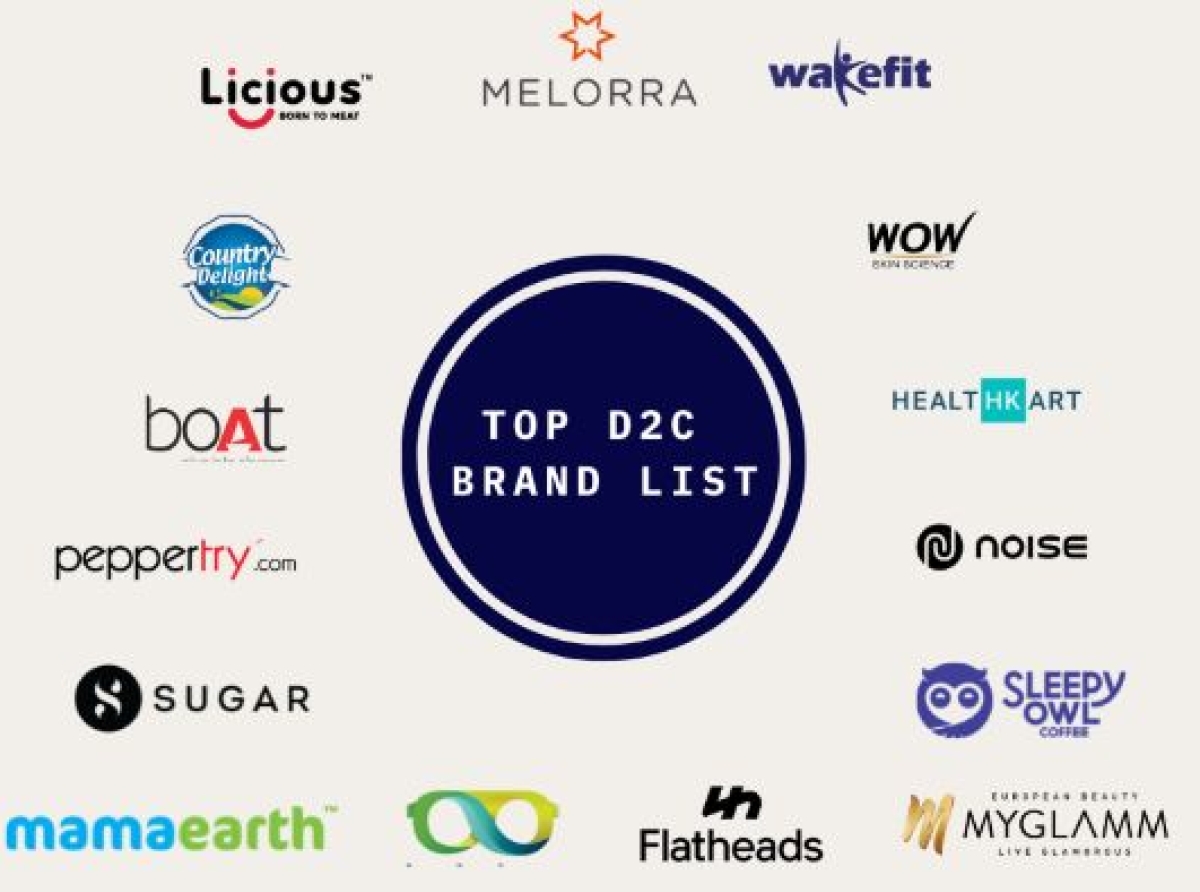14 November 2022, Mumbai:
Before the internet existed and its democratization of the tools that traditional industry has used for decades, direct-to-consumer (DTC) selling was on the rise. DTC cut out the intermediaries, allowing brands to maximize their earnings. Another benefit of DTC is that, in contrast to a traditional wholesale shop, brands can contact directly with consumers and better understand their specific needs.
COVID-19; A fundamental tailwind
In the middle of the lockdown brought on by the Covid-19 outbreak, customers have started using deliveries for everything, including apparel/clothing. It can be convenient to use subscription services to cut costs. As a result, D2C brands are adding subscription services to their product lines, and established subscription businesses are selling special deals to profit.
D2C playbook
Retailers may develop at-home experiences, interact directly with customers, and foster brand loyalty by using subscription boxes. The advantage of a subscription service is that once customers sign up, they are less likely to go through the process of switching brands and will simply auto-renew. Shopping needs can frequently be driven more by convenience than brand loyalty.
Brands can obtain valid consumer data through DTC selling, which they can use during product and service development. To test new items with subscribers and do market research for brands, subscription services may be helpful. Local brands might try new products in subscription boxes as complimentary items to get feedback from consumers who might need more resources.
D2C Brands In India
Studies indicate that the decade 2021-2030 will see D2C brands like Clovia, Atomberg, Furlenc attract significant attention and investments as they keep growing. The market thrives with the launch of super apps Driven by Gen Next entrepreneurs, the current D2C market in India is thriving with the launch of super apps by big companies like the Tata group and Reliance Group.
In fact, big players are in the frays, for example, the Aditya Birla Group is looking to set up a new subsidiary to build a portfolio of New Age, digital brands (D2C brands) across fashion, beauty, apparel, and allied lifestyle segments.
KPMG India reports that there are more than 800 D2C brands in the country today. The D2C sector is worth $44.6 billion currently, projected to touch $302 billion by FY 2030. Further to one of the Financial Express reports," The latest report reveals that D2C brands are estimated to be $60 billion industry by FY27, registering a CAGR of about 40%.".
Driven by Gen Next entrepreneurs, the current D2C market in India is thriving with the launch of super apps by big companies like the Tata group and Reliance Group. In fact, big players are in the frays, for example, the Aditya Birla Group is looking to set up a new subsidiary for building a portfolio of New Age, digital brands (D2C) across fashion, beauty, and allied lifestyle segments.
Brand offerings
"Brand purpose" has become crucial for the overall positioning of brands as customers grow more aware of environmental challenges. To boost consumer confidence, retailers attempt to make their offerings more transparent. NIKE, which operates through its stores and franchise stores, revealed that it aimed to produce 50% of its sales from these sources to make its operations more transparent and have greater control over its distribution.
A similar campaign was started by women's clothing and accessory business Eileen Fisher to cut down on excessive shopping. Customers can return worn-out, ripped, or outdated Eileen Fisher apparel to any of the company's stores for recycling, and they will receive $5 in recycling rewards for each item donated.
Innovative branding
It aids the brand in maintaining appeal among consumers who choose sustainable fashion over fast-fashion options. Other companies, like Allbirds, produce a line of cozy shoes while adhering to environmental regulations. The past year has demonstrated to fashion executives the necessity of innovating and integrating themselves into the quickly advancing digital world, serving as what is arguably the most prominent wake-up call to shake up the fashion and apparel business.
Increasing Your Building Product Brand Awareness Many more brands have now taken the initiative or accelerated their online efforts, with those who have adopted robust eCommerce strategies and direct-to-consumer (DTC) business models excelling in an otherwise crippling year. At the same time, some brands stepped closer to bleak futures due to the pandemic. The best-performing fashion and clothing firms have changed their ways of thinking to be more consumer-focused and digital.
Power of D2C
The fashion industry has come to understand that adopting a direct-to-consumer (DTC) approach gives a brand more flexibility over how it presents itself to customers due to the sector's warming up to digital methods. We are witnessing a turning point in how brands have changed their omnichannel and retail strategies as the decline of malls continues. Square footage no longer gives the more recognizable names the power it once did.
The businesses most dependent on foot traffic in important commercial centers like the American mall are now struggling to convert to more contemporary and efficient ways to retail, according to fashion and apparel industry research.
Helps brands launch new products; Stakeholders believe the D2C brands' segment enables new retailers or brands and labels to launch their products as no big product development, lead times, and investment is required.

























